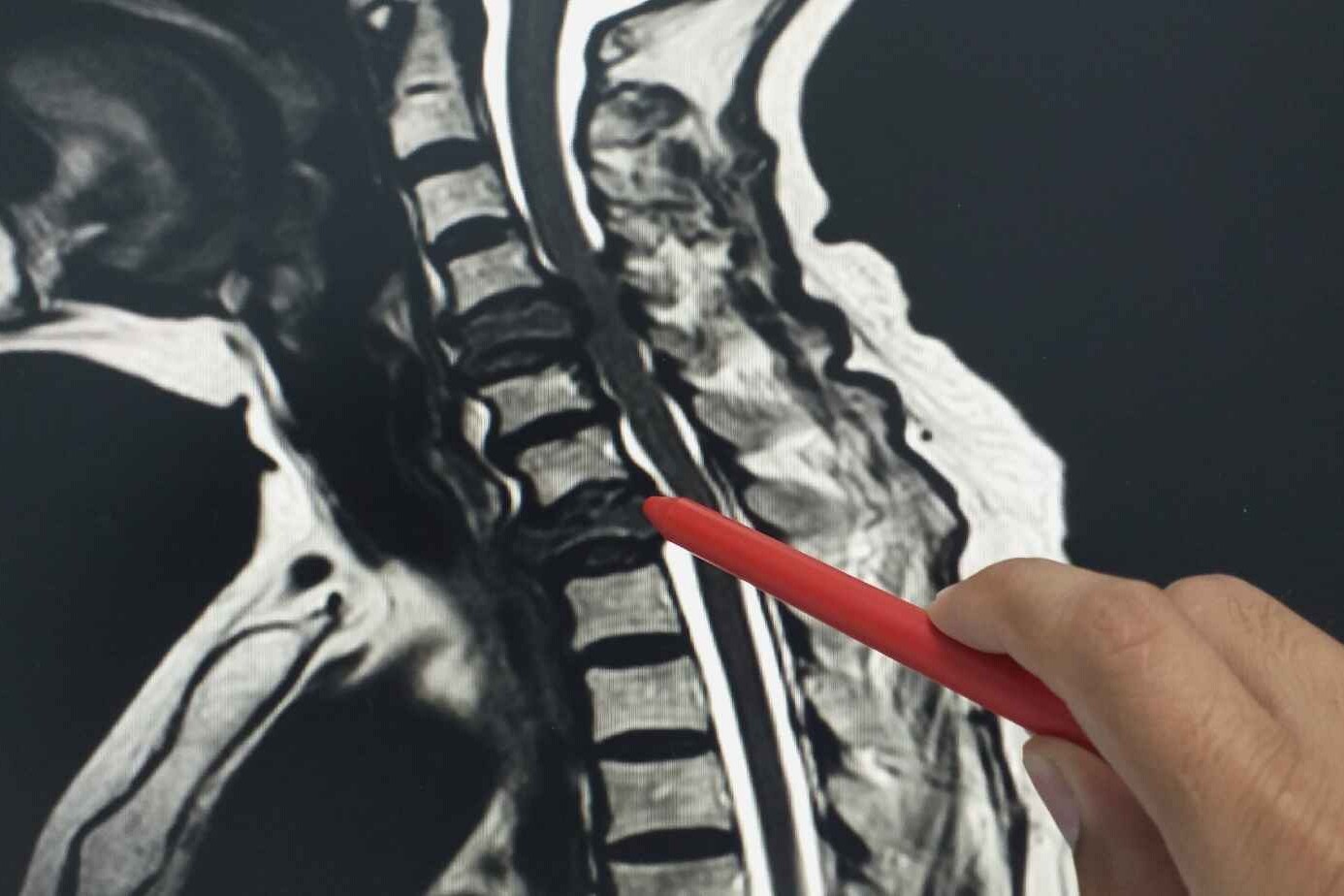Let’s discuss what a patient undergoing spinal fusion surgery experiences post-procedure. Whether you’ve had this procedure or are considering it, understanding what to expect during recovery is essential. This blog will discuss valuable insights, tips, and simple language explanations to help you toward a healthier, pain-free spine.
Table of Contents
ToggleUnderstanding Spinal Fusion Surgery
Spinal fusion surgery is a procedure that aims to stabilize and fuse two or more vertebrae in your spine. It’s often performed to treat conditions such as herniated discs, spinal deformities, or chronic back pain that doesn’t respond to other treatments. While the surgery itself can be complex, the recovery process is a crucial part of your journey back to a more active and pain-free life.
Pathway to Recovery: Milestones
The recovery process following spinal fusion surgery requires time and patience. Here’s a basic overview of what you can anticipate:
Immediately After Surgery (Hospital Stay)
You’ll wake up in the recovery room with your incision site covered.
You’ll be monitored closely for a few hours to ensure no immediate complications.
Pain management will be a priority; you may receive medications through an IV or other methods.
You’ll gradually start moving, typically with the help of a nurse or physical therapist, to prevent stiffness and complications.
1-4 Weeks After Surgery (Early Recovery)
You may still experience pain, but it should improve over time.
Your surgeon will provide specific guidelines for gradually increasing your activity level.
You may use a brace or corset for support during this time.
Staying active and following your surgeon’s recommendations is crucial to prevent complications.
6-12 Weeks After Surgery (Intermediate Recovery)
You’ll continue to improve, but full recovery takes time.
Your healthcare provider may suggest physical therapy to aid in the restoration of your strength and flexibility.
Avoid heavy lifting and bending at the waist during this period.
Your surgeon will monitor your progress and may adjust your restrictions.
3-6 Months After Surgery (Long-Term Recovery)
Your spine will continue to fuse during this time.
Gradually, you can resume more activities and may return to work.
Continue with prescribed exercises and follow-up appointments.
By this point, you should see significant improvement in your pain and function.
Tips and Insights for a Successful Recovery
- Follow Your Surgeon’s Recommendations: Your surgeon will provide specific guidelines for your recovery. Listen carefully and follow their advice to the letter. They understand what is most suitable for your circumstances.
- Pain Management: Pain is a normal part of the recovery process but should gradually improve. Pain medications will be prescribed by your surgeon to assist in alleviating any discomfort. Take them as directed.
- Stay Active: Gentle movement and walking are essential to prevent complications and maintain overall health. Be sure to follow your surgeon’s recommendations regarding physical activity.
- Posture and Body Mechanics: Pay attention to your posture and body mechanics. Employ correct techniques when getting in and out of bed, sitting down, and rising to a standing position. Your physical therapist can provide guidance.
- Avoid Heavy Lifting: For the first few months, avoid heavy lifting and activities that strain your spine excessively. Your surgeon will tell you when it’s safe to resume such activities.
- Smoking and Nutrition: Smoking can slow down the fusion process, so if you smoke, consider quitting. A balanced diet with sufficient calcium and vitamin D can also aid healing.
- Hydration: Staying hydrated is essential for your body to heal correctly. Ensure you consume sufficient water to maintain optimal functioning of your body.
- Support System: Enlist the help of friends and family during your recovery. They can assist with daily tasks and offer emotional support.
- Mental Health: Recovery can be emotionally challenging. It’s perfectly normal to experience moments of frustration or sadness. If you’re facing challenges, feel free to reach out to a therapist or counselor for assistance.
- Communicate with Your Surgeon: If you experience unusual symptoms, increased pain, or any concerns during your recovery, contact your surgeon. They’re there to help and can guide the best course of action.
Common Myths About Spinal Fusion Surgery
Let’s debunk a few common myths about spinal fusion surgery:
Myth 1: You’ll Be Bedridden for Months
Reality: While you’ll have activity restrictions, staying in bed for extended periods can lead to complications. You’ll be encouraged to move and walk as soon as possible.
Myth 2: Spinal Fusion Is a Quick Fix
Reality: Spinal fusion is a process that takes time. Full recovery can vary from person to person and depends on the extent of the surgery.
Myth 3: You’ll Never Be Active Again
Reality: Many people regain an active lifestyle after spinal fusion surgery. It might take time, but with dedication to your recovery, you can enjoy physical activities again.
Myth 4: All Spinal Fusion Surgeries Are the Same
Reality: Spinal fusion procedures vary depending on the individual’s condition and the surgeon’s approach. The surgery is customized to address your specific requirements.
Myth 5: You Should Stop All Physical Activity
Reality: While you should avoid heavy lifting and certain activities initially, staying active and following a tailored exercise plan is essential for a successful recovery.
Conclusion
Recovering from spinal fusion surgery requires time, patience, and commitment. Remember that every person’s journey is unique, and your recovery timeline may differ from others. Follow your surgeon’s guidance, stay active within recommended limits, and maintain a positive attitude. You can look forward to a future with reduced pain and improved spinal health with the right approach and support system. Your body can heal, and you’re on the path to a more robust and healthier spine.
About The Author

This article is medically reviewed by Dr. Chandril Chugh, Board-Certified Neurologist, providing expert insights and reliable health information.
Dr. Chandril Chugh is a U.S.-trained neurologist with over a decade of experience. Known for his compassionate care, he specializes in treating neurological conditions such as migraines, epilepsy, and Parkinson’s disease. Dr. Chugh is highly regarded for his patient-centered approach and dedication to providing personalized care.
→ Book a consultation to discover which remedies suit your needs best.




